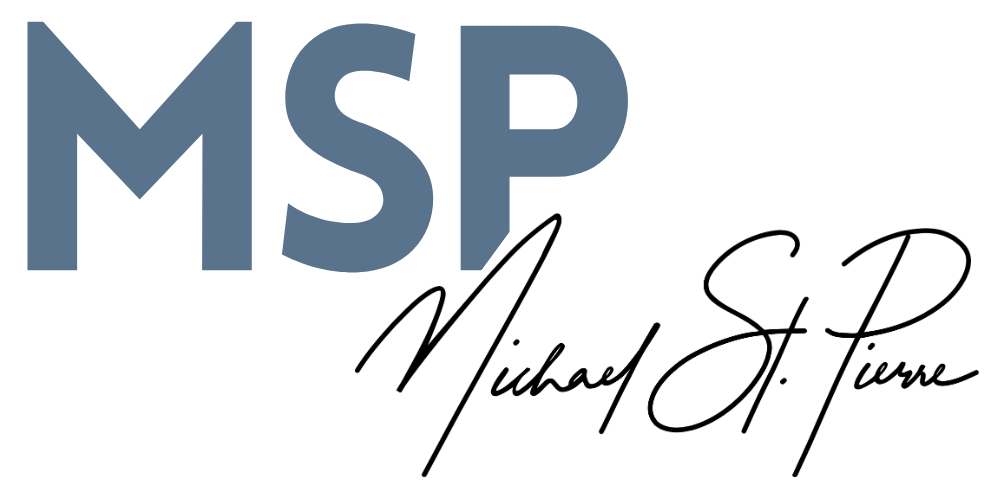 The Organized Executive Series by Phil Pearcy
The Organized Executive Series by Phil Pearcy
Phil is the Assistant Principal of Academics at Archbishop Curley High School in Baltimore.
Weekly Planning
Last month's post focused on the "10,00 foot" view of planning about 3 weeks ahead. This month we will move in a little closer to look at, what I believe to be, the most essential piece in the planning process. Now that you have planned out your tasks for the next three weeks, it is time to get ready for the week ahead. Planning your week is critical; however, it is made easier by your having a broader plan in place already.
Begin by looking at the tasks, appointments, and any other fixed plans you have for the week. Are there others that need to be added? Can anything be deleted? Should something be pushed to next week? Once you have considered and answered these questions you can set about the task of organizing your week.
Stephen Covey calls it beginning with the end in mind; in educational curriculum development we talk about backward planning; whatever you want to call it, start at the end of the week instead of the beginning. What must be completed this week? Are there specific deadlines to meet? What deadlines should I set for myself? If you know what you need to accomplish it will be much easier to plug in your tasks for each day. Again, starting by asking a few questions and reflecting on the bigger picture you will be able to plan more effectively and ultimately save yourself time.
What Works for Me
To help me stay on task for the week, I keep a seven-day calendar (on one sheet of paper) in my pocket. Not high tech but effective; that way I can access it wherever I am, with or without my computer. It also gives me a place to write down notes of additional tasks that arise or ideas that come to me about a project I am working on. I'm sure you know as well as I do that creativity cannot be confined to when you are at your desk or sitting at your computer.
To recap, follow 3 simple steps in planning your week:
1. Review and revise the week ahead based on the 3-week plan you had already created.
2. Begin at the end of the week and plan backwards.
3. Use some type of visual guide to revise the plan as necessary and capture creative ideas; preferably use one that can travel with you .
In three easy steps you are prepared to take on the week!
Once you have your week planned you are ready for the next step in the process; planning tomorrow. This is the ground level of planning and is where the previous two steps will really pay off. This is the time when "the rubber meets the road" so to speak. Next month I will share some ideas with you regarding how I prepare for the day ahead.
Again, I hope you find my suggestions helpful. I know they work for me. The beauty of these concepts is that they give you a structure from which to start and then you can personalize them to meet your needs. Good luck with your planning and God Bless!
